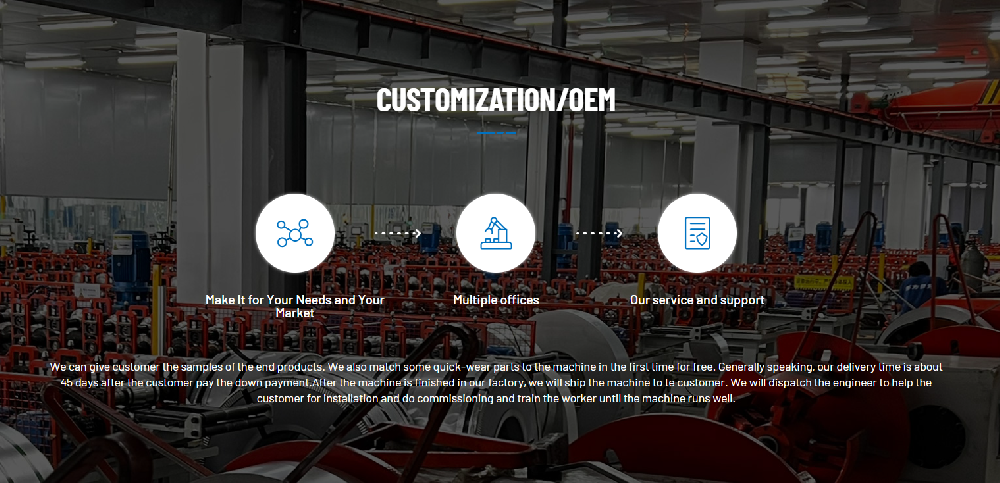Navigation Menu
Contact Us
- Email:
- info@wxavatar.com
- Address:
- Yurong Village, Yuqi Street, Huishan District, Wuxi, China.
Release Date:Aug 03, 2025 Visit:31 Source:Roll Forming Machine Factory
Grain storage is no longer just about building larger silos or stronger bins. In today’s agricultural landscape, technology is playing an increasingly vital role in shaping the design, functionality, and efficiency of next-generation grain storage equipment. As the global grain supply chain grows in complexity, the integration of smart technologies is helping producers, storage operators, and equipment manufacturers meet evolving demands with greater precision and control.

1. Automation in Production and Assembly
One of the first areas where technology is making a difference is in the manufacturing process itself. Automated roll forming lines, laser-guided cutting systems, and robotic welding units are now being used to produce silo components with high consistency and reduced waste. These innovations not only accelerate production but also ensure better fit, sealing, and durability of storage units.
2. Smart Monitoring and Real-Time Data
Modern grain storage systems are increasingly equipped with digital monitoring tools that provide real-time information on temperature, humidity, grain levels, and even gas levels inside the storage unit. These sensors allow operators to detect early signs of spoilage, condensation, or pest activity, enabling quick intervention to maintain grain quality. Remote access via cloud-connected platforms also enables centralized management of multiple storage sites.
3. Integration with Supply Chain Systems
Technology is helping grain storage become more than just a holding point. Next-gen equipment often includes interfaces for integration with enterprise resource planning (ERP) systems, transportation management software, and grain market platforms. This connectivity enhances traceability, streamlines logistics, and supports data-driven decision-making for both producers and buyers.
4. Design Optimization Through Simulation Tools
Before a single panel is cut or welded, advanced simulation software is used to model airflow, load distribution, and structural stress within the silo. These simulations help engineers optimize silo design based on grain type, regional climate, and site layout. The result is safer, longer-lasting storage equipment with improved aeration and energy efficiency.
5. Enhanced Safety and Predictive Maintenance
Technology also plays a key role in safety and equipment maintenance. Sensors can detect changes in structural integrity or alert operators when components require servicing. Predictive maintenance systems analyze usage patterns and sensor data to recommend repairs before failures occur. This not only prevents downtime but also extends the lifespan of critical equipment.
6. Energy and Resource Efficiency
Although not the primary focus, certain technologies indirectly contribute to resource efficiency. Smart ventilation controls, for example, activate fans only when internal conditions demand it, reducing unnecessary power use. Similarly, automated loading and unloading systems reduce handling time and help minimize grain loss during transfers.

Conclusion
Technology is transforming grain storage equipment from static infrastructure into dynamic, intelligent systems that support the entire grain supply chain. From precision manufacturing and smart sensors to digital integration and predictive analytics, these innovations are redefining what’s possible in storage design and operation. For manufacturers and agricultural enterprises alike, embracing these advancements is key to remaining competitive in an increasingly technology-driven industry.